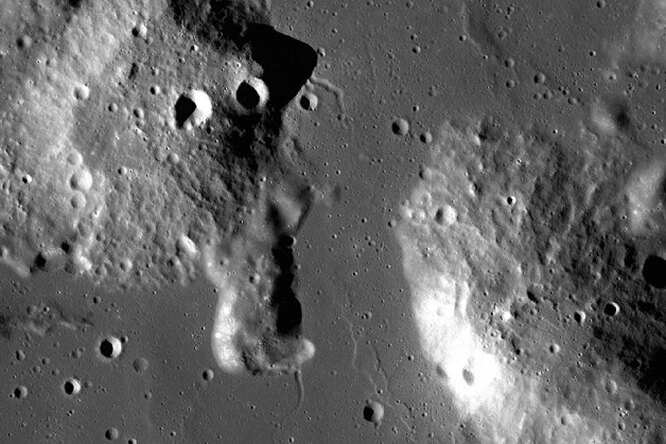NASA is preparing to launch a “priority” mission to explore mysterious domes on the moon. The space Agency announced that the rover will study the Greuthuizen domes, a geological feature that baffles many scientists.

Scientists still don’t know how the mysterious domes on the moon were formed. Perhaps future NASA missions will provide answers
The Space Agency has announced two missions to the Moon: NASA will send the Lunar Vulkan Imaging and Spectroscopy Explorer (Lunar-VISE) to the satellite, as well as the Lunar Explorer Instrument scientific complex.
The first mission
NASA plans to send the Lunar Vulkan Imaging and Spectroscopy Explorer (Lunar-VISE), consisting of five instruments, to the moon in 2025. Two of them will be installed on a stationary lander, and three — on a small all-terrain vehicle.
For 10 days, Lunar-VISE will explore the top of one of the Greuthuizen domes. The collected data should help scientists answer the question of how these domes formed.
The second mission
The Lunar Explorer Instrument (LEIA) is a small CubeSat-based device. It will conduct biological research on the Moon, delivering the fungus Saccharomyces cerevisiae to the Earth’s satellite and studying its reaction to radiation and lunar gravity. The data will help researchers understand how partial gravity and real deep space radiation affect biological systems.
What is so remarkable about the Greuthuizen domes?
The Greuthuizen domes are two hills on the outskirts of the crater of the same name, which have a characteristic shape of a regular hemisphere, with a diameter of 20 kilometers and a height of 1.5 kilometers. These domes are presumably formed by sticky magma rich in silica, similar in composition to granite. The most amazing thing is that such formations are formed only in the presence of water and tectonic activity, and this is not on the Moon. How they were formed remains a mystery. Perhaps subsequent studies of the Earth’s satellite will help researchers find answers.
Nathnennya: www.popmech.ru
